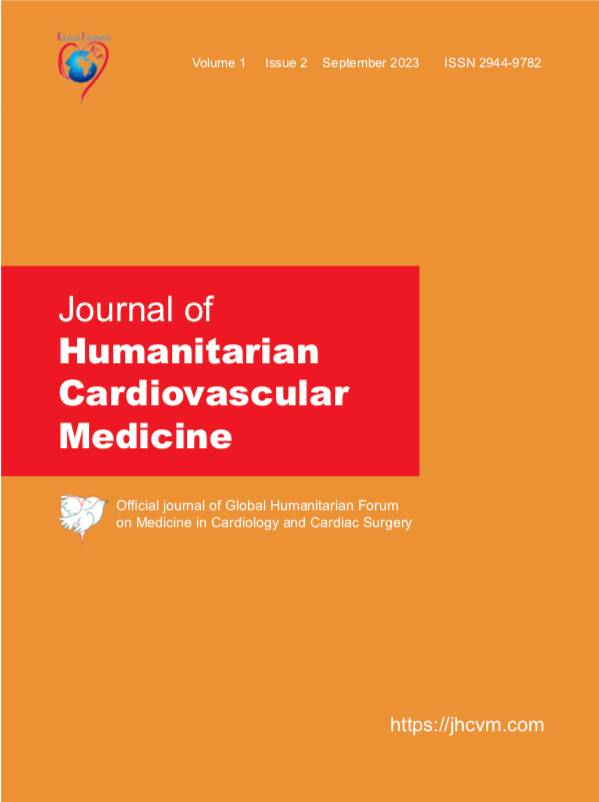Nursing Education for Pediatric Cardiac Care Centers in Developing Countries

Abstract
Summary
Pediatric cardiac programs achieve excellent patient outcomes through the teamwork of a highly capable interdisciplinary team. Nurses are key members of this team, and must possess and highly specialized set of skills and knowledge. A comprehensive nursing education program is needed to develop the necessary skills and knowledge to care for critically ill infants and children with heart disease who are often highly unstable, complex, and vulnerable. Orientation of novice nurses or those who are new to the unit begins with a needs assessment, resulting in a comprehensive plan to achieve required competencies. Nurse residency programs are one method to provide a comprehensive orientation to novice nurses, using a combination of didactic instruction, preceptored clinical experiences, and simulation. An ongoing nursing education plan is also important to refresh skills, especially with high-risk, low-volume procedures, as well as to meet regulatory requirements and develop new skills and knowledge. A key component of the pediatric cardiac nursing education plan is development of preceptors, who provide hands-on instruction to mentor new nurses to develop the needed skills and knowledge, while ensuring that patients receive safe care. Preceptor development can also provide experienced bedside nurses with opportunities to develop their own knowledge and to continue professional development, which helps to positively influence job satisfaction. Numerous resources are available to develop a curriculum or the pediatric cardiac program. Evaluation is also an important component of the nursing education program, to quantify individual as well as programmatic outcomes.
Article Details
- How to Cite
-
Peterson, J. (2023). Nursing Education for Pediatric Cardiac Care Centers in Developing Countries. Journal of Humanitarian Cardiovascular Medicine, 1(2). https://doi.org/10.12681/jhcvm.34661
- Issue
- 2023: V 1, Issue 2
- Section
- Articles
- Categories

This work is licensed under a Creative Commons Attribution-NonCommercial-ShareAlike 4.0 International License.
This work is licensed under a [Creative Commons Attribution-NonCommercial-ShareAlike 4.0 International License|https://creativecommons.org/licenses/by-nc-sa/4.0/]. Authors who publish with this journal agree to the following terms: # Authors retain copyright and grant the journal right of first publication with the work simultaneously licensed under a CC-BY-NC-SA that allows others to share the work with an acknowledgement of the work's authorship and initial publication in this journal. # Authors are able to enter into separate, additional contractual arrangements for the non-exclusive distribution of the journal's published version of the work (e.g. post it to an institutional repository or publish it in a book), with an acknowledgement of its initial publication in this journal. # Authors are permitted and encouraged to post their work online (preferably in institutional repositories or on their website) prior to and during the submission process, as it can lead to productive exchanges, as well as earlier and greater citation of published work (See [The Effect of Open Access|http://opcit.eprints.org/oacitation-biblio.html]).


